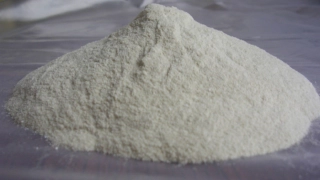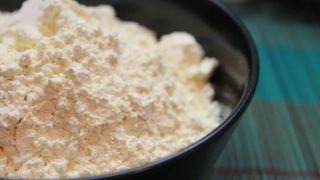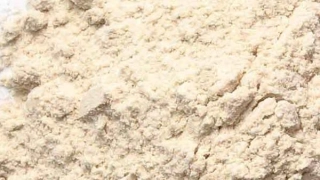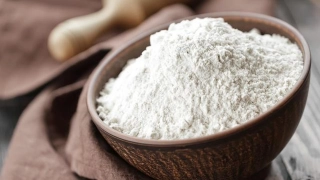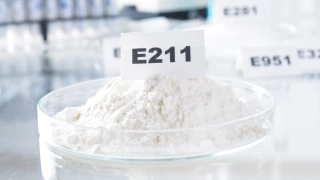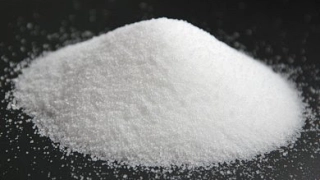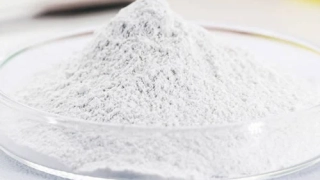Soy Lecithin (E322): Taste Profile, Aroma, Benefits and Health Risks
Soy lecithin (E322) is a natural mixture of phospholipids extracted from soybeans. It is widely used in food manufacturing as an emulsifier, stabilizer, and texturizer, supporting the smooth blending of ingredients and improving product consistency.
Soy lecithin is generally considered safe for most people. It is derived from soybeans and may not be suitable for those with severe soy allergies. However, most allergenic proteins are removed during processing, and allergic reactions are rare.
What does Soy Lecithin (E322) taste like?
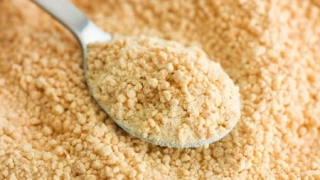
Complete Sensory Description:
-
Taste: In typical concentrations, soy lecithin is nearly tasteless with a faint, neutral, slightly beany or oily note, which is usually undetectable in finished products.
-
Aroma: Pure soy lecithin has a subtle, mild aroma reminiscent of soybeans or light vegetable oil, but at normal usage levels, it does not affect food aroma.
-
Texture: Lecithin in its raw form is a viscous, amber-colored liquid or a granular powder. In foods, it contributes to a smoother, creamier texture and prevents separation in sauces, spreads, and chocolate.
-
Appearance: It may appear as a dark, oily liquid or light-colored powder. In processed foods, soy lecithin is invisible and does not influence appearance.
In-depth Flavor Analysis:
Soy lecithin is chemically composed of phospholipids, which have both hydrophilic and lipophilic properties, allowing them to bind water and oil together. At a molecular level, this results in enhanced emulsion stability and improved texture. Sensory impact is minimal at proper concentrations, but higher levels may contribute a faintly nutty or oily undertone. Lecithin’s ability to improve mouthfeel and maintain product homogeneity is key in chocolate, baked goods, and margarine.
Varieties and Culinary Applications:
Soy lecithin is present in a broad array of foods, including chocolate, confectionery, baked goods, margarine, salad dressings, sauces, and ice cream. Its primary function is as an emulsifier, but it also serves as a wetting agent, stabilizer, and release agent in baking. It is occasionally used in home cooking and baking, especially in gluten-free or vegan recipes.
Selection and Storage:
Soy lecithin is available as a liquid, granular, or powdered food-grade product, typically packaged in airtight containers. Store in a cool, dry place away from sunlight and moisture. Lecithin has a long shelf life when stored properly.
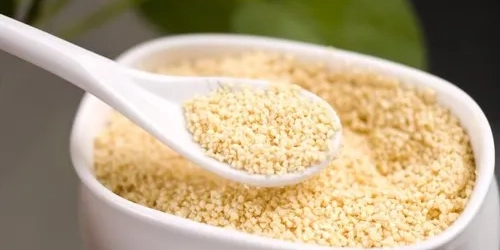
Nutritional Insights:
Soy lecithin contains phospholipids essential for cell membrane structure, choline, and small amounts of fatty acids. While it offers some nutritional value, the levels used in food are too low to be a major source. Lecithin is sometimes marketed as a dietary supplement for its choline content.
Expert Insights & Culinary Tips:
Food technologists and pastry chefs value soy lecithin for its reliable emulsifying properties, crucial in chocolate tempering and creamy dressings. In baking, it improves dough elasticity and moisture retention. Lecithin also helps to create stable foams and sauces in modernist cuisine.
Interesting and Curious Facts:
Soy lecithin was first isolated from egg yolk, but soybeans became the preferred source for large-scale production. Lecithin’s use in chocolate manufacturing is vital for achieving the smooth, melt-in-the-mouth quality and for reducing the need for added cocoa butter.
Harm and Dietary Considerations:
For most people, soy lecithin is safe at approved levels. Those with severe soy allergies should exercise caution, though refined lecithin contains negligible protein. No significant adverse effects have been found at normal intake levels.
Religious Dietary Considerations:
Soy lecithin is permitted under Halal and Kosher laws if derived from approved soy sources. It is plant-based and suitable for vegetarians and vegans.
Final Thoughts & Sensory Journey:
Soy lecithin (E322) subtly supports smoothness and stability in a vast array of foods, working behind the scenes to create harmonious textures without altering natural flavors.
Resources:
-
Belitz, H.-D., Grosch, W., & Schieberle, P. (2009). Food Chemistry (4th Edition). Springer. ISBN: 978-3540699330 (E322)
-
Gunstone, F. D. (2004). The Chemistry of Oils and Fats: Sources, Composition, Properties and Uses. Blackwell Publishing. ISBN: 978-1405119051 (E322)
-
Branen, A. L., Davidson, P. M., & Salminen, S. (2001). Food Additives (2nd Edition). Marcel Dekker. ISBN: 978-0824704382 (E322)
